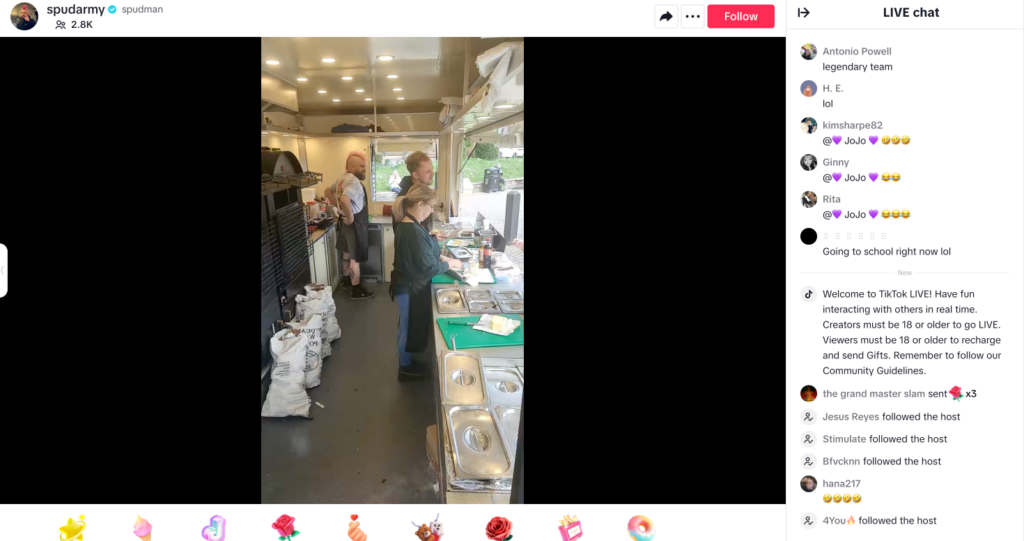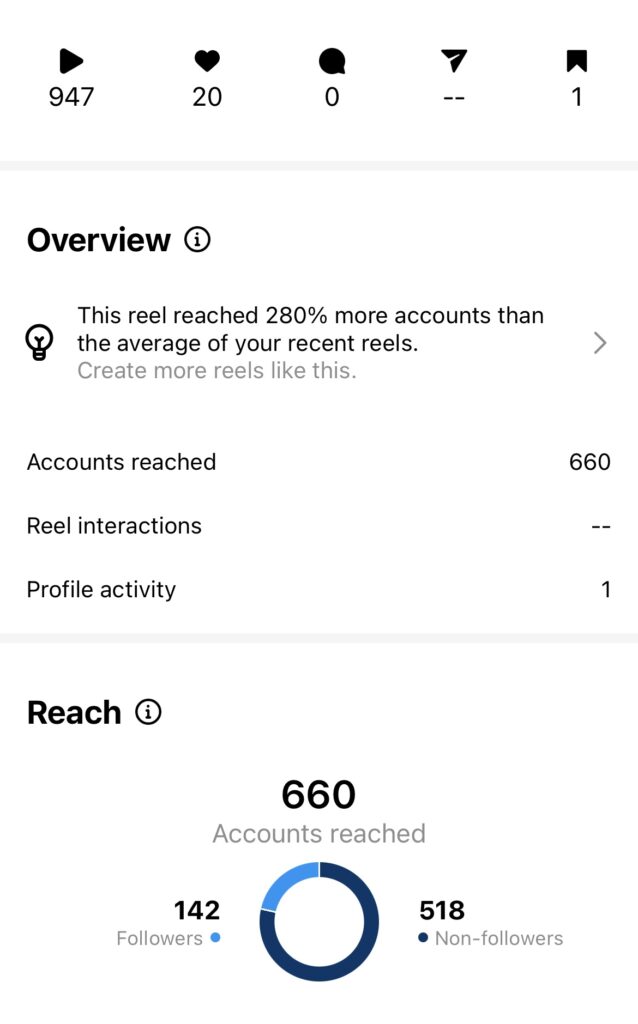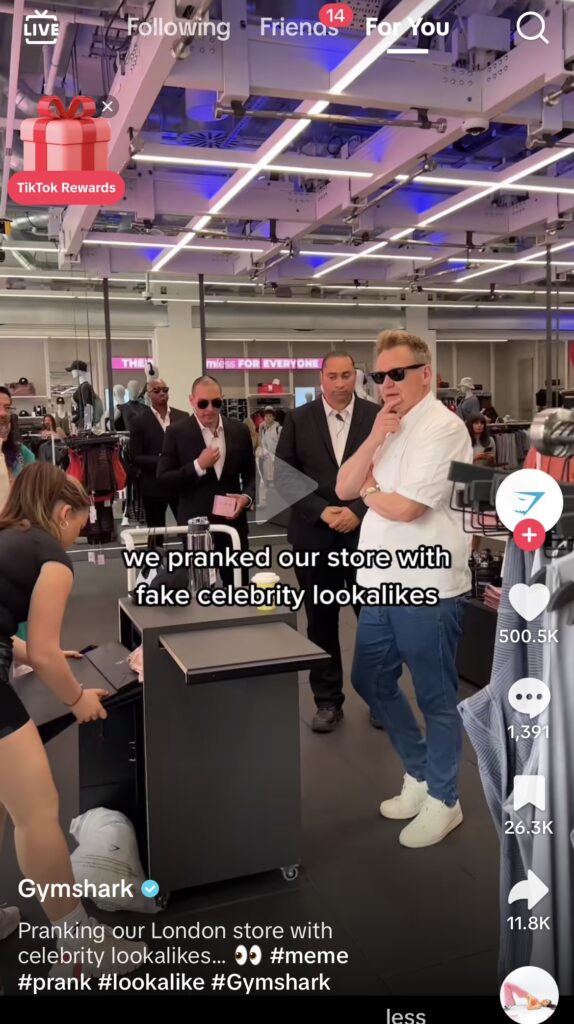With the rise of video marketing, a passive approach can mean letting business success slip through your fingers. Want to engage your audience without sounding like a late-night infomercial? Stay put.
This isn’t about trying to gain a massive following, but creating engaging videos your audience watches, shares, comments on and looks forward to. Let’s uncover our top tips for creating captivating videos. Think less Hollywood and more human connection. Your videos do not always need to be shiny and polished to perform well, they just need to be relatable and interesting.
Welcome to the era of video marketing, where your customers play the director.
Mastering Video Marketing: How to Create Engaging Content
- Discover how to understand your audience’s needs and preferences for tailored content.
- Learn the importance of storytelling in video marketing and how to craft a compelling narrative.
- Learn about high-quality visuals and sound in video production and the tools to achieve it.
Step 1: Understanding Your Audience
You always have to start with your audience. We mention the importance of target audience research in most blog posts—it’s simply the foundation of marketing. When you accurately identify who you want to reach, you’re more likely to formulate content that resonates.
Identifying Target Audience
Knowing your audience means understanding what they want and need and how they make buying decisions. It means digging deep into their demographics, psychographics and behaviours. By identifying the audience you’re reaching out to, your video content will be more relevant, engaging, and persuasive.
Understanding Their Preferences and Needs
After identifying your target audience, the next step is understanding their preferences. The vast majority of internet users prefer watching videos—they are engaging, easy to digest, and provide much-needed solutions in our fast-paced world. Knowing your audience’s preferences will enable you to create a video marketing strategy that truly engages them.
Step 2: Crafting a Compelling Story
The ability to tell a compelling story is fundamental to successful video marketing. A good story uniquely captures the audience’s attention and compels them to keep watching.
Importance of Storytelling in Video Marketing
Storytelling in video marketing provides a framework – a beginning, middle, and end – that helps connect with the audience emotionally. This connection drives engagement and fosters an audience that is genuinely interested in your brand, product, or service.
Tips for Creating a Compelling Narrative
Creating a compelling narrative involves being clear about your messaging, showing emotional value, and consistency. It’s about understanding what your audience finds valuable and weaving that into a compelling narrative.
Step 3: Focusing on Quality
Finally, high-quality visuals are something to consider in modern video marketing. High-quality visuals and sound can help make a successful video marketing campaign. For some people, a good-quality video can be the dealbreaker of whether they’re going to trust your brand or not.
Importance of High-Quality Visuals and Sound
Quality is more than just a nice thing; it can make or break your video marketing efforts. Poor-quality videos could shatter your brand’s image, while high-quality ones can boost it immensely. Plus, high-quality videos are more shareable, enhancing your brand’s visibility. Video quality isn’t the be-all and end-all; it depends on where you’re distributing the video. A TikTok video, for instance, could go viral, regardless of quality.
Tools and Resources for Quality Video Production
Fortunately, creating high-quality video content isn’t exclusive to big-budget corporations anymore. Affordable, user-friendly tools and resources are available for everyone. Luckily, these days, our phones have great-quality cameras. Some music videos are even shot on smartphones. Olivia Rodrigo’s music video for her song ‘Get Him Back’ was entirely shot on the iPhone 15 Pro Max. It just goes to show the quality of technology we have available to us at the tip of our fingers.
For post-production, you can use tools like Canva, CapCut, or Adobe Premiere Pro to edit videos, depending on your budget, the purpose of the video, and your editing preference.
By focusing on understanding your audience, storytelling and quality, businesses can create engaging video content that resonates with audiences, elevates their brand and drives business objectives.
Amplifying Your Reach: Effective Video Marketing Strategies
- Maximising social media channels for video marketing
- Leveraging SEO in video marketing strategy
Utilising Social Media Platforms
With the invincible power of social media and its extensive reach, your video marketing efforts can significantly increase visibility and engagement.
Choosing the right platform for your videos
The choice of platform for your videos significantly affects its visibility, audience interaction, and overall impact. Each platform caters to distinct demographic groups and supports different types of content. LinkedIn suits formal, business-oriented content, whereas Instagram reels and TikTok are best for more informal posts. Instagram is for the more aesthetically pleasing visuals, whereas with TikTok, you do not necessarily need a professional video to make an impact. Make strategic decisions on where to post based on your target audience and the format of your videos.
Tips for optimising video content for different platforms
Content optimisation varies substantially across platforms. An optimised video on LinkedIn is well-differentiated from an optimised video on Instagram.
- Video Length: Keep videos relatively short, ideally between 30 seconds to 3 minutes. LinkedIn users often browse quickly, so concise content is essential.
- Format: MP4 is a widely accepted format for LinkedIn videos. Ensure your video has high-quality resolution and professional aesthetics, as LinkedIn is a platform for professional networking.
- Captions/Subtitles: Since many LinkedIn users may be viewing videos in a professional environment where sound might be off, adding captions or subtitles is advisable for accessibility and engagement.
- Content: Focus on professional topics such as industry insights, career advice, or product demonstrations. Educational content performs well on LinkedIn.
- Call-to-Action (CTA): Encourage engagement and interaction with a clear CTA, whether it’s to comment, share, or visit a website for more information.
- Video Length: Instagram’s algorithm currently favours videos between 15 and 60 seconds long.
- Format: Instagram supports various formats, including MP4 and MOV. For reels, you want to make sure that the videos are vertical.
- Captions/Subtitles: While less critical than LinkedIn, adding captions or subtitles can still be beneficial, especially considering many users watch Instagram videos without sound.
- Content: Instagram is more casual and visually driven, so focus on creative and visually appealing content. Behind-the-scenes footage, tutorials, and user-generated content often perform well.
- Hashtags: Use relevant hashtags to increase discoverability. Research popular hashtags in your niche and include them in your video posts.
- Stories: Use Instagram’s features like Stories for more informal and interactive video content. This allows for greater creativity and spontaneity.
- Video Length: Shorter videos (around 1-2 minutes) tend to perform better on Facebook, although longer-form content can also do well if engaging.
- Format: MP4 is the preferred format for Facebook videos. Since many users browse Facebook on mobile devices, ensure your videos are optimised for mobile viewing. Make sure the video size is square for a Facebook post and portrait for a Facebook reel.
- Captions/Subtitles: Similar to other platforms, adding captions or subtitles can improve engagement, especially since Facebook auto plays videos in the News Feed with the sound off by default.
- Content: Facebook caters to a diverse audience, so your content should range from informative to entertaining. Live videos often receive higher reach and engagement, so consider incorporating live streaming into your strategy.
- Engagement: Encourage interactions such as likes, comments, and shares to increase your videos’ visibility in the News Feed algorithm. Respond promptly to comments to foster community engagement.
TikTok
- Video Length: TikTok videos are typically short, ranging from 15 to 60 seconds. Although TikTok supports longer videos, it is known for its fast pace, which is why short, snappy videos perform better. Keep your content concise and attention-grabbing to capture the audience’s interest quickly.
- Format: TikTok now supports vertical and horizontal videos, but vertical videos are more common and tend to perform better on the platform.
- Captions/Subtitles: While TikTok is primarily a visual platform, adding captions or text overlays can enhance engagement, especially for videos that rely on audio elements.
- Content: TikTok is known for its creative and entertaining content, so focus on capturing attention with challenges, trends, and storytelling. Participating in prevalent challenges or using trending sounds can boost visibility.
- Hashtags: Utilise relevant hashtags to increase the discoverability of your videos.
SEO for Video Content
SEO is a game-changer that amplifies the reach of your video content, promotes visibility through search results, and thereby commands an increase in engagement and conversions.
Importance of SEO in video marketing
SEO isn’t limited to text-based content; it’s equally valuable for videos. Optimised video content can improve your website’s SEO, bring more traffic to your site, and help convert that traffic into sales.
Tips for optimising video content for search engines
Video SEO encourages search engines to index your video content and rank it higher in search results. This process involves optimising video titles and descriptions, leveraging keywords, creating unique content, and ensuring it aligns with your audience’s search intent. If you want to learn specifically about TikTok SEO, here’s everything you need to know and a quick guide to starting TikTok SEO.
Staying Ahead: Emerging Video Marketing Trends
- Understanding the rise and benefits of live streaming in the marketing space
- Unpacking the role of VR and AR in video marketing and how to incorporate them into your strategy
Video marketing constantly evolves, and savvy marketers are always on the brink of the next big trend.
Live Streaming
Live streaming has seen a notable increase in popularity. It builds a real-time connection with your audience, fostering direct engagement and a sense of community around your brand.

To make the most of live streaming, remember these key pointers:
- Choose the right platform: Choose a platform that best caters to your audience’s preferences.
- Prepare and practice: Prior preparation prevents poor performance.
- Engage with your audience: Respond to comments and encourage viewers to share the stream.
Virtual Reality (VR) and Augmented Reality (AR)
Virtual Reality (VR) and Augmented Reality (AR) offer immersive experiences that can dramatically increase audience engagement – your brand is not just seen but experienced.
It offers unparalleled opportunities in video marketing by providing immersive, interactive experiences that captivate audiences and drive engagement. Through VR and AR videos, brands can create memorable experiences that stand out in the marketplace, increasing brand awareness and recognition. These technologies enable brands to tell stories innovatively, gaining connections with consumers and offering personalised experiences based on their preferences. Additionally, AR facilitates product visualisation, allowing consumers to preview products in their environment, boosting confidence and driving sales.
Implementing VR and AR into your video marketing can seem daunting, but here’s how you can start:
- Start small: Incorporate AR elements into social media filters or build a simple VR experience.
- Think Customer Experience: Consider how these technologies can improve the user experience.
- Experiment and Measure: Track feedback and engagement to see what works best.
Keeping up with these emerging trends offers benefits, giving your brand the edge to stand out.
Measuring Success: Understanding Video Marketing ROI
- Determine the effectiveness of your video marketing campaigns with insightful Key Performance Indicators (KPIs).
- Leverage robust tracking tools for in-depth analysis and data-driven decisions.
Key Performance Indicators (KPIs) for Video Marketing
Identifying relevant KPIs is crucial for assessing the performance of your video marketing initiatives. It’s all about understanding what success looks like for your campaigns.
Common KPIs Used in Video Marketing
Click-through rates, conversion rates, view counts, shares, likes, and comments are common KPIs in video marketing. Each highlights a different aspect of campaign performance. For instance, aiming for a share rate of 1% to 5% of total views is considered a good benchmark. View counts can be trickier to benchmark as they depend heavily on the platform, advertising budget, and targeting factors. However, aiming for thousands or even millions of views is not uncommon for successful video marketing campaigns.
Engagement metrics like watch time and audience retention illustrate how captivating your content is to your target audience. It reflects how much of your video content viewers are actually absorbing.
How to Measure These KPIs
Ensure that you clearly define and track your KPIs to determine the effectiveness of your video marketing efforts. Utilise marketing platforms and analytics tools like Google Analytics or social media insights.

Getting Started: Basics of Video Content Creation
- Understand what video content means and its types
- Discover the significance of video content in marketing strategies
- A glance at the tools and resources available to create engaging video content
What is Video Content?
Video content is dynamic visual content that tells a story, educates, or entertains viewers. Video content could take various forms. Explainer videos simplify complex ideas. How-to videos show step-by-step processes. Product demos showcase features. Webinars focus on ideas and discussions, while live streams share real-time experiences. Testimonial and case study videos highlight the value of your products or services through real customer experiences. Entertaining videos on platforms like TikTok and Instagram have the power to increase reach, engagement and followers. It all depends on the purpose of each video and your objectives.
For instance, GymShark filmed a celebrity prank video for TikTok, which proved to be very successful in gaining traction, flooding with likes, comments, and views. The video gained over 6.3 million views, over 500,000 likes, and over 1,300 comments. The video was not professionally filmed, giving it an authentic feel, which is great for platforms like TikTok. The purpose of this video was to be entertaining and funny, providing light-hearted content. The numbers prove that TikTok was the right platform for this idea.

Understanding these different types of video content allows businesses to target their audience more effectively. You can align the kind of video to the viewer’s stage of the buyer’s journey and make your message more relevant and convincing
Importance of Video Content in Marketing
Integrating video content into your marketing strategies offers various benefits. According to recent stats, four-fifths of consumers have purchased a product or service after watching a brand’s video. That’s 80% of consumers converting. Remarkable, right? That’s the power of video content.
Moreover, videos increase brand recognition, engagement, and trust. Unlike graphics, videos are designed to grab and keep viewer attention, significantly increasing dwell times on pages. They also convey emotion more effectively, resonating with the audience to influence decision-making.
Tools and Resources for Video Content Creation
Creating video content may seem daunting, but worry not. Many resources and tools are available to simplify this process, irrespective of budget or experience level.
Popular tools include video editing software like Adobe Premiere Pro for high-end editing or Filmora for more straightforward edits. For designing animations, one might consider Moovly. These tools vary based on functionality, user-friendliness, and price, so consider your needs and budget before choosing.
Selecting the right tools and resources for video creation depends significantly on your objective, budget, time investment, and technical skills. For instance, start-ups prefer budget-friendly solutions, while larger organisations may opt for professional-grade software like Adobe Premiere Pro. Conversely, those needing quick video content may gravitate towards user-friendly tools with pre-set templates like Canva. Evaluating your needs against these variables can guide your tool selection.
Conclusion
That’s a Wrap!
From effective communication to boosting sales, video marketing is a robust tool. It offers interactivity and a personal touch.
It’s time to add another feather to your marketing cap. Deep-dive into the world of video marketing, explore various platforms, create amazing video content, and watch as your audience grows.
Finally, video marketing isn’t just about selling products or broadcasting announcements. It’s about telling your story in an engaging and captivating way. So grab that camera, start filming, and get ready to reel in the results!
Get in touch with us to discover how we can help you with your marketing efforts!



